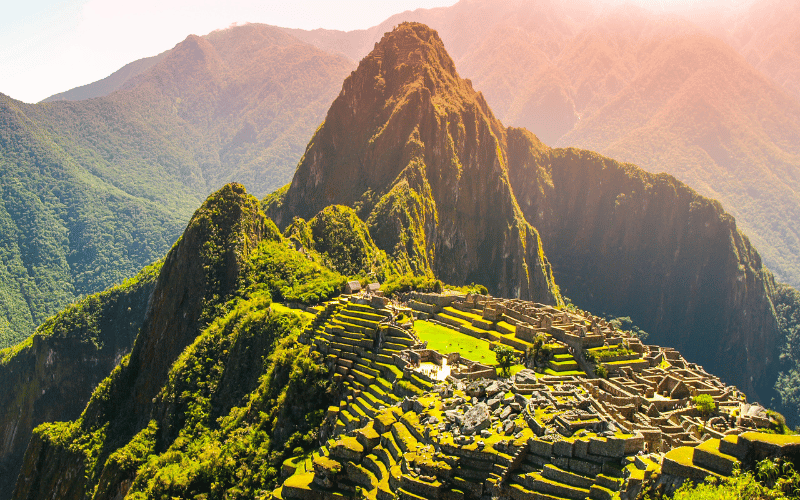
PERU
Explore the Peruvian coast with us. Our insights will guide you through a variety of beach experiences that combine adventure with peaceful beauty. The coastline is a mix of hidden gems, offering everything from world-class surf to peaceful retreats. Peru’s shores are a testament to nature’s diversity, inviting travelers to experience the thrill of discovery and moments of tranquility.
Quick Facts About Peru
| Category | Facts |
|---|---|
| Location | Western South America, bordered by Ecuador, Colombia, Brazil, Bolivia, Chile, and the Pacific Ocean. |
| Borders | Ecuador, Colombia, Brazil, Bolivia, Chile. |
| Climate | Ranges from arid coastal deserts to Andean highlands to tropical rainforests. |
| Population | Approximately 34 million (2023). |
| Official Languages | Spanish, Quechua, Aymara. |
| Currency | Peruvian Sol (PEN). |
| Capital | Lima |
| Major Industries | Mining, agriculture, fishing, textiles, and tourism. |
| Religion | Predominantly Roman Catholic, with indigenous beliefs still prevalent in some areas. |
| Time Zone | GMT-5 (Peru Time). |
| National Symbols | Andean Condor, Peruvian Sol, Machu Picchu. |
Geography and Environment Of Peru
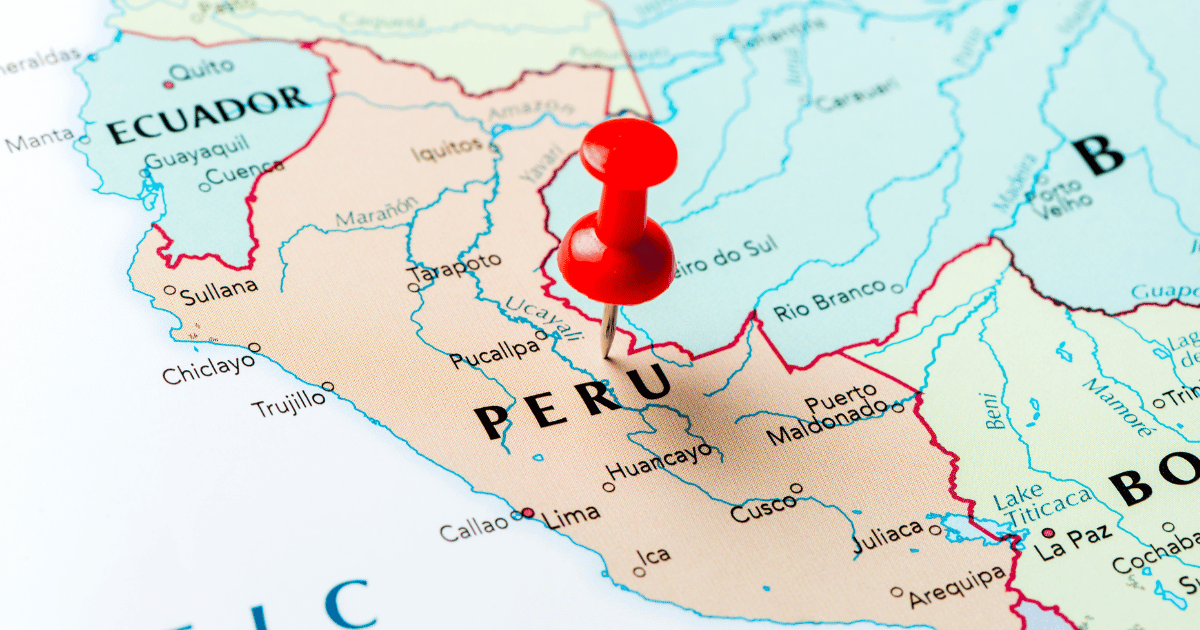
Major Physical Features
Peru’s landscape is incredibly diverse. You have the towering Andes mountains, which stretch across the country and are home to famous sites like Machu Picchu. The Amazon rainforest covers a large part of Peru, making it one of the most biodiverse places on Earth. Along the coast, you find arid deserts where ancient cultures once thrived. Then there’s the Altiplano plateau, a high-altitude region that’s a key part of the Andean range. Each of these regions offers something unique, from stunning natural beauty to rich cultural history.
Seasonal Variations
Peru’s climate is just as varied as its geography. In the Amazon, it’s hot and humid year-round, with a rainy season that swells the rivers and brings lush growth. Along the coast, you’ll experience dry, warm weather, especially in the summer months. The Andean highlands, on the other hand, can be cold, especially at night, with a wet season that runs from November to March. These seasonal differences affect everything from what crops are grown to when tourists visit places like Cusco and the Sacred Valley.
Natural Resources
Peru is rich in natural resources, which play a big role in its economy. The country is a top producer of copper, gold, and silver, with large mining operations spread across the Andes. Oil and natural gas are also significant, particularly in the Amazon basin. These resources drive much of Peru’s export economy but managing them sustainably is a challenge. Extracting these resources can lead to environmental issues, so there’s a growing focus on balancing economic benefits with environmental protection.
Environmental Challenges
Peru faces several serious environmental challenges. Deforestation in the Amazon is a major concern, driven by illegal logging, agriculture, and mining. This loss of forest threatens wildlife and contributes to climate change. Mining activities, while economically important, can lead to water pollution and landscape degradation. Climate change is also impacting Peru, with glaciers in the Andes melting at an alarming rate, affecting water supply for millions. Conservation efforts are underway, with national parks and protected areas helping to preserve Peru’s incredible biodiversity. However, balancing development and environmental protection remains a complex issue.
History and Culture

Historical Background
Peru’s history is one of the most fascinating in the world. It’s home to the ancient Inca civilization, known for its incredible achievements in architecture, agriculture, and astronomy. The Inca Empire was the largest in pre-Columbian America, with its heart in Cusco and its jewel in Machu Picchu. In the 16th century, the Spanish arrived and conquered the Incas, leading to centuries of colonial rule. This period reshaped Peru’s culture, economy, and society. The struggle for independence was long and hard, but in 1821, Peru finally broke free from Spanish control.
Key Historical Events
Several key events define Peru’s rich history. The rise of the Inca Empire in the 15th century marked a golden age of cultural and technological development. This empire fell when Spanish conquistadors, led by Francisco Pizarro, overthrew the Inca rulers in the 1530s. Peru’s War of Independence began in 1820 and culminated in 1821 when the country declared its independence, but it took years of conflict to secure it fully. The 20th century brought significant political reforms, including the introduction of universal suffrage and land reforms that aimed to address social inequalities.
Cultural Heritage
Peru is a cultural treasure trove. The country is famous for its vibrant traditions, from music and dance to textiles and cuisine. Indigenous influences are strong, especially in the Andes, where Quechua-speaking communities maintain ancient customs. Spanish colonialism also left its mark, blending with local traditions to create unique art forms and culinary flavors. Afro-Peruvian culture adds another layer, especially in coastal regions, where music and dance like the Marinera and Festejo reflect African roots.
Festivals and Celebrations
Peru’s festivals are lively and deeply rooted in tradition. Inti Raymi, the Festival of the Sun, is one of the most significant. Held in Cusco every June, it honors the Inca sun god and draws thousands of participants and spectators. Carnival is another major event, celebrated with parades, music, and colorful costumes across the country. Semana Santa, or Holy Week, is a time of religious processions and community gatherings, especially in cities like Ayacucho, where the celebrations are particularly elaborate.
What’s Unique About Peru
Special Cultural Practices and Traditions in Peru
Traditional Peruvian Textiles
Ancient Weaving Techniques
In the Andean regions, weaving is more than just a craft—it’s a tradition deeply rooted in history. For centuries, Andean communities have passed down their weaving techniques through generations. These methods involve intricate processes, from spinning alpaca or sheep wool by hand to using backstrap looms, which are simple yet effective tools that allow weavers to create complex patterns. The result is vibrant, durable textiles that have been an essential part of Andean life for thousands of years.
Symbolism and Patterns
Peruvian textiles are rich with meaning. Every color and pattern tells a story. The designs are not just for decoration—they represent regional identities, family histories, and spiritual beliefs. For example, certain patterns might depict local wildlife or agricultural cycles, while specific colors can signify social status or important life events. These textiles serve as a visual language, connecting the past with the present and preserving cultural heritage in every stitch.
The Tradition of Andean Potatoes
Diversity and Cultivation
Peru is the birthplace of the potato. With over 4,000 types, the country boasts an unmatched variety. In the Andean regions, potatoes are cultivated at high altitudes, where the climate and soil are perfect for these hardy crops. Farmers use traditional methods that have been refined over centuries, ensuring the sustainability of this vital food source. The diversity of potatoes in Peru is not just about taste and texture—each type has its own unique qualities, making them essential to the Andean diet.
Cultural Importance
Potatoes hold a special place in Andean culture. They are more than just food—they are part of rituals and festivals that honor the earth and the gods. For example, during the harvest season, communities come together to celebrate with music, dance, and feasts that feature potatoes as the main ingredient. These celebrations highlight the potato’s role as a symbol of sustenance and resilience in Andean life, reinforcing its importance in both daily meals and cultural traditions.
Peruvian Culinary Techniques and Ingredients
Ceviche
Ceviche is Peru’s national dish and a source of pride. It’s made by marinating fresh fish in lime juice, which “cooks” the fish without heat. This method has ancient origins, dating back to the Moche civilization on the northern coast. Today, ceviche is enjoyed across the country, often served with sides like sweet potato and corn. It’s a dish that reflects Peru’s coastal culture and the country’s love for fresh, simple, and flavorful ingredients.
Ancient Cooking Methods
Peru’s culinary heritage includes ancient cooking methods that are still in use today. Pachamanca is one such technique. It involves cooking meat, potatoes, and other ingredients in an earth oven, where hot stones are used to bake the food underground. This method, rooted in pre-Columbian traditions, is often used during special occasions and communal gatherings, bringing people together to share in a meal that connects them with their ancestors.
Superfoods
Peru is known as a global supplier of superfoods. Quinoa, maca, and lucuma are just a few examples of nutrient-rich ingredients that have been staples in the Peruvian diet for thousands of years. These foods are not just trendy health products—they have deep roots in Andean agriculture and culture. Quinoa, for instance, was considered sacred by the Incas, while maca was used for its energy-boosting properties. Today, these superfoods continue to be celebrated for their health benefits and cultural significance.
Biodiversity Hotspots and Ecological Wonders
The Sacred Valley of the Incas
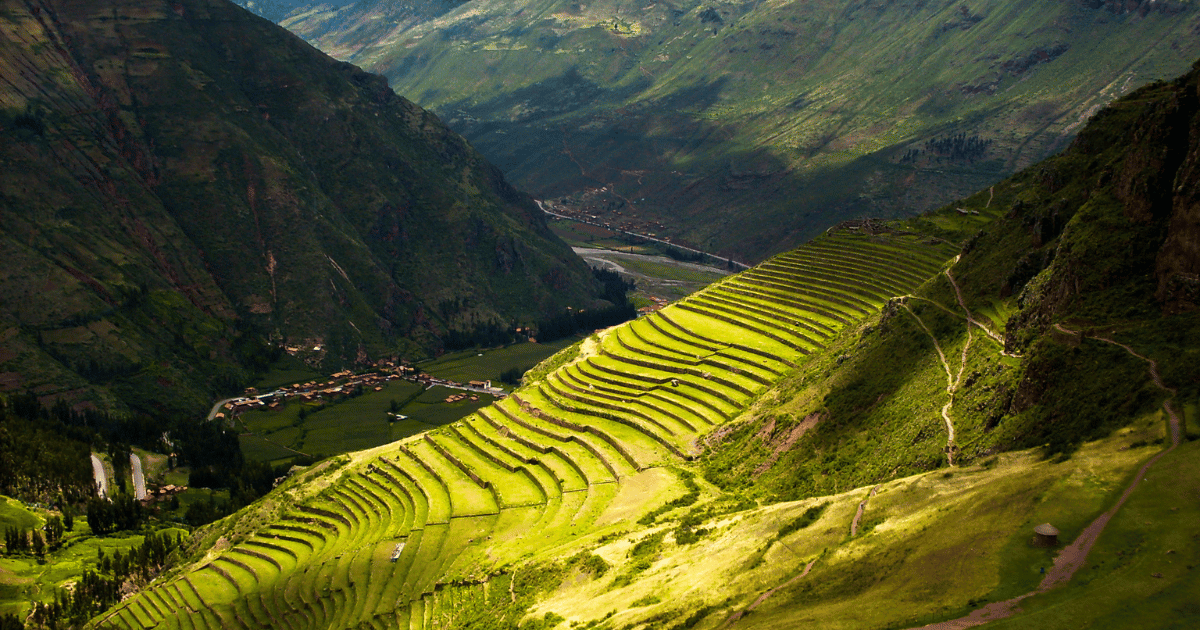
Unique Flora and Fauna
The Sacred Valley of the Incas is more than just a historical site—it’s a living, breathing ecosystem. The valley’s unique climate and geography create a home for many rare species. You’ll find plants and animals here that you won’t see anywhere else. From orchids that bloom in the shadows of ancient ruins to birds that have adapted to the high altitudes, the valley’s biodiversity is something truly special. This rich environment has sustained local communities for centuries, providing food, medicine, and spiritual inspiration.
Spiritual Significance
For the people who live in the Sacred Valley, this place is sacred in every sense of the word. The valley isn’t just a beautiful landscape—it’s a spiritual hub where nature and culture come together. Local communities see the mountains, rivers, and forests as living beings, deeply connected to their daily lives and spiritual practices. Rituals and ceremonies are still held to honor the land, keeping the traditions of the Incas alive. This deep connection to the environment shows how important the valley is, not just historically, but spiritually too.
The Peruvian Amazon
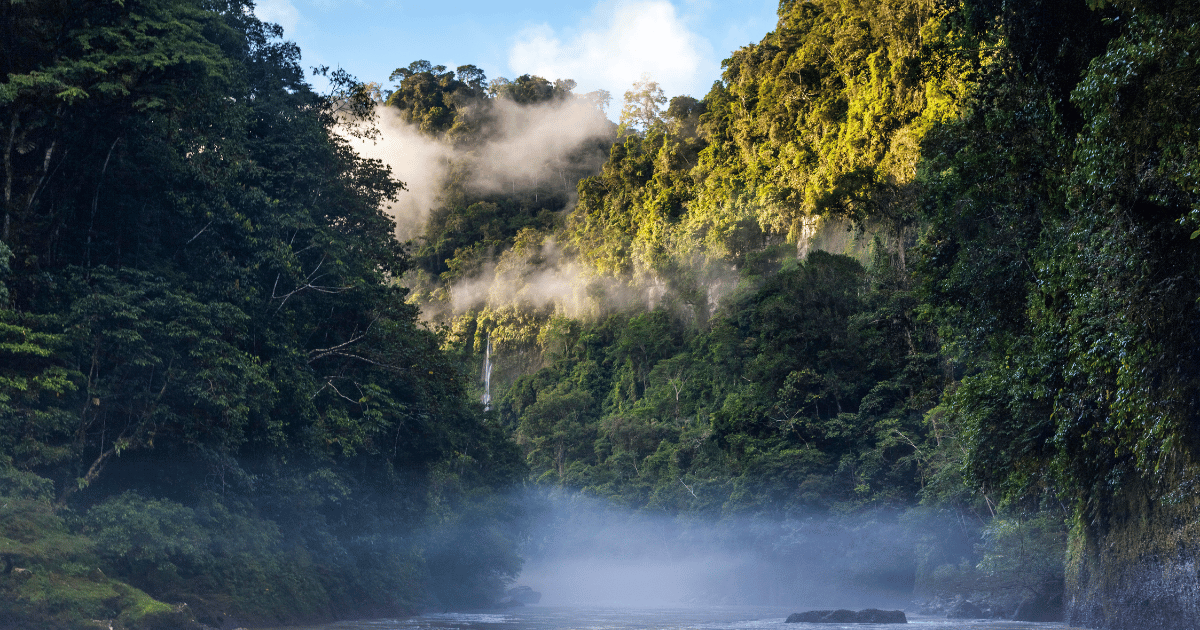
Biodiversity
The Peruvian Amazon is one of the most biodiverse places on Earth. It’s like a living library of nature, with countless species of plants, animals, and insects. The Amazon is home to jaguars, pink river dolphins, and thousands of bird species. Some animals found here don’t exist anywhere else. The variety of life in the Amazon is astonishing, and it plays a crucial role in the health of the planet, acting as a “green lung” that helps regulate the world’s climate.
Sustainable Tourism
Visiting the Amazon can be a life-changing experience, but it’s important to do it in a way that protects this fragile environment. Sustainable tourism is growing in the region, with initiatives that support local communities and conservation efforts. These programs focus on eco-friendly practices, ensuring that tourism doesn’t harm the natural beauty of the Amazon. By choosing to travel responsibly, you help preserve this incredible ecosystem for future generations while supporting the people who call the Amazon home.
Andean Glaciers
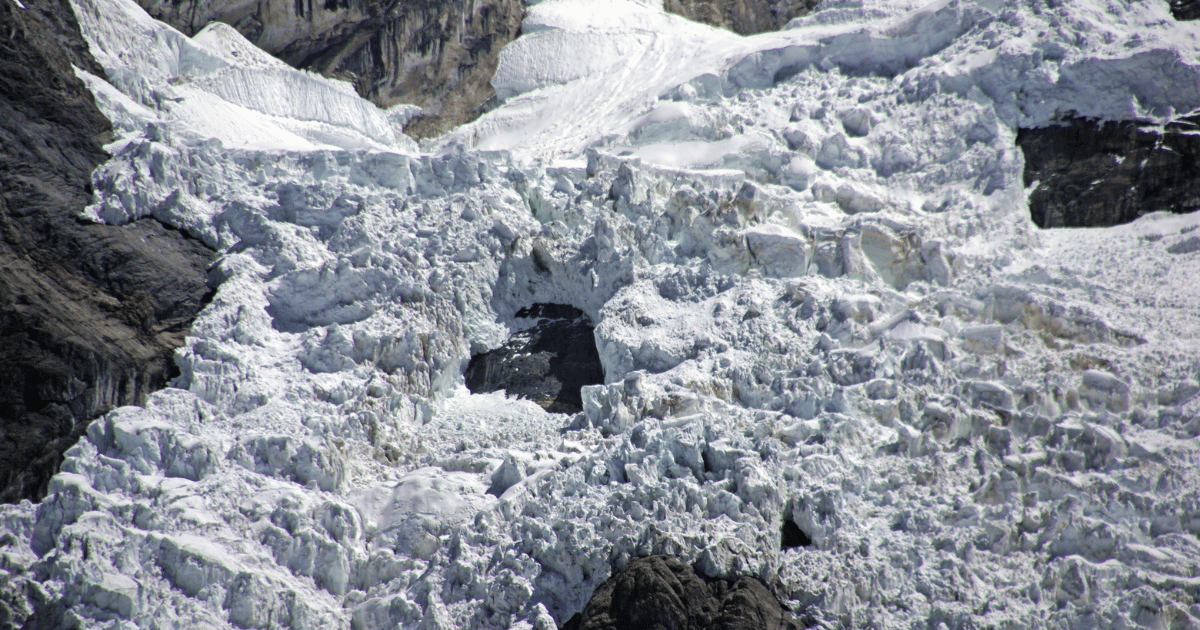
Climate Impact
Andean glaciers are more than just frozen landscapes—they’re vital to life in Peru. These glaciers are a crucial water source for millions of people, especially in the dry season when rainfall is scarce. However, climate change is threatening these glaciers, causing them to melt at alarming rates. The loss of these glaciers could lead to severe water shortages and impact agriculture, energy production, and daily life for many Peruvians. The situation highlights the urgent need for action to combat climate change and protect these essential resources.
Cultural Connection
In the Andes, glaciers are not just physical features—they are sacred. For centuries, Andean communities have honored these glaciers as powerful spiritual entities. Rituals to honor the glaciers, like the annual Qoyllur Riti pilgrimage, are still practiced today. These ceremonies involve offerings and prayers, asking for protection and blessings. The cultural connection to the glaciers is deeply ingrained in Andean life, showing how natural elements are woven into the spiritual and cultural fabric of the region.
Peru City Guides
You can find the best PERU destinations here.
Select what you are most interested in, and you will be taken to the appropriate information and reviews. With these guides, we are confident that you have the optimal source of information to find your next dream destination.
